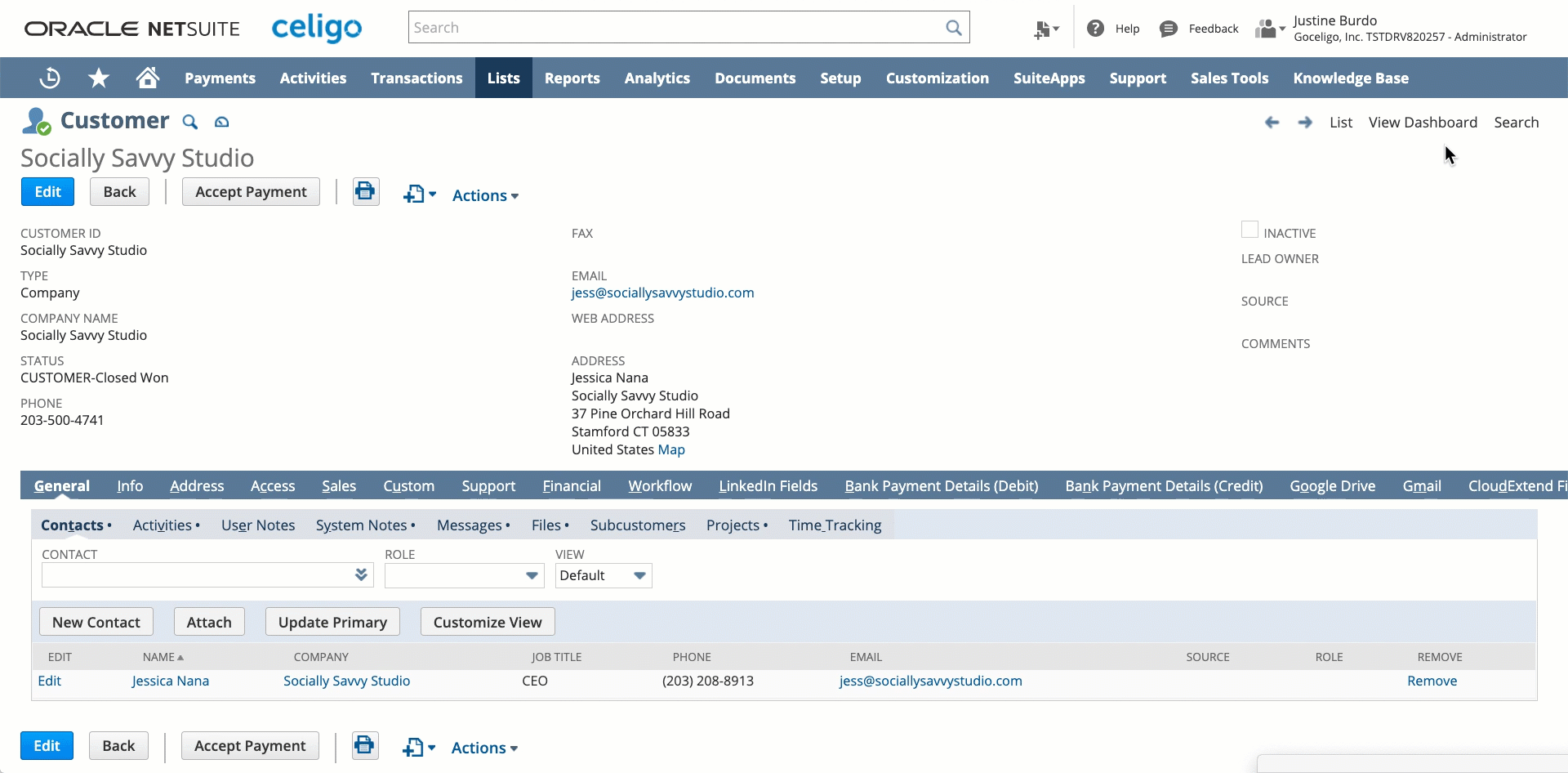NetSuite offers one of the most robust solutions for Customer Relationship Management (CRM) capabilities in the market today. It provides a centralized space for managing all interactions with customers, partners, vendors, and more. It manages the customer lifecycle from lead to renewal and can be customized to meet the exact specifications of a business. Customers who wish to use CRM must add it to NetSuite’s existing ERP capabilities, and the major benefit is not needing to have data in more than one location. Even with all of its capabilities, there are many tips for NetSuite CRM that can increase the efficiency and adoption of users. Our team has selected a few here that help us when using NetSuite CRM.
Get up to Speed with Customer Interactions Quickly with the “Show Activity” Feature
Shifting through extensive information regarding customers that could be out-of-date is not the best use of valuable time. For sales, customer success, or marketing representatives who want to get a quick overview of recent activity before reaching out to a customer, the “show activity” option on the customer record is a helpful feature. This feature shows a chronological list of the 100 most recent activities of virtually any type.
To use this, just visit lists, relationships, customers first, and “view” next to the customer with recent activity you’d like to see. On the actions menu, click “Show activity.”
Another way to get a holistic view of all activities and emails at the Customer, lead, or prospect level is by using the Dashboard View and adding a Timeline to the dashboard.

Keep Customer Records Up-to-Date
The “show activity” feature is not very useful if activity and information are not added to customer records in the first place. Customer records are the most critical aspect of a CRM system because communication cannot happen without an email address or other contact information. To ensure that this information gets into the CRM, one best practice is making these fields required. Not every field on a contact record needs to be required but email, address, and/or phone number are good places to start.
An additional way to help keeps records up-to-date is by using a saved search to send reminders about records with incomplete information. The reminder can either be sent to a sales representative to update the information or to an administrator to let them know how many records do not have complete information.
Use Automatic Lead Assignments
Lead routing is the process that is used to assign leads to the appropriate member of the sales team, Depending on the company, this could be done in various ways, by territory, company size, and more. During the implementation of the CRM, rules are set up to define how assignments are managed.
If a business wants to ensure that leads are assigned as quickly as possible, automatic lead assignments can be used. This means that as soon as leads are available they are instantly assigned to the appropriate sales rep based on territory or another rule the business created. Benefits of automatic routing are that it takes less time than manual lead routing and leads can be acted on more quickly.
Per NetSuite, to manage your sales force with NetSuite, complete the following tasks:
- Set Sales Force Automation Preferences.
- Create Customer Statuses.
- Designate which employees are sales reps.
For more information, see Marking an Employee as a Sales Rep. - Set up the Team Selling feature.
- Define Sales Rules and Sales Territories.
Taking these steps will ensure that automatic lead assignments work properly.
NetSuite is a powerful CRM tool; these tips will help you maximize your usage. ExtendSync can also help automate your NetSuite processes and make your teams more efficient. Try it today.
